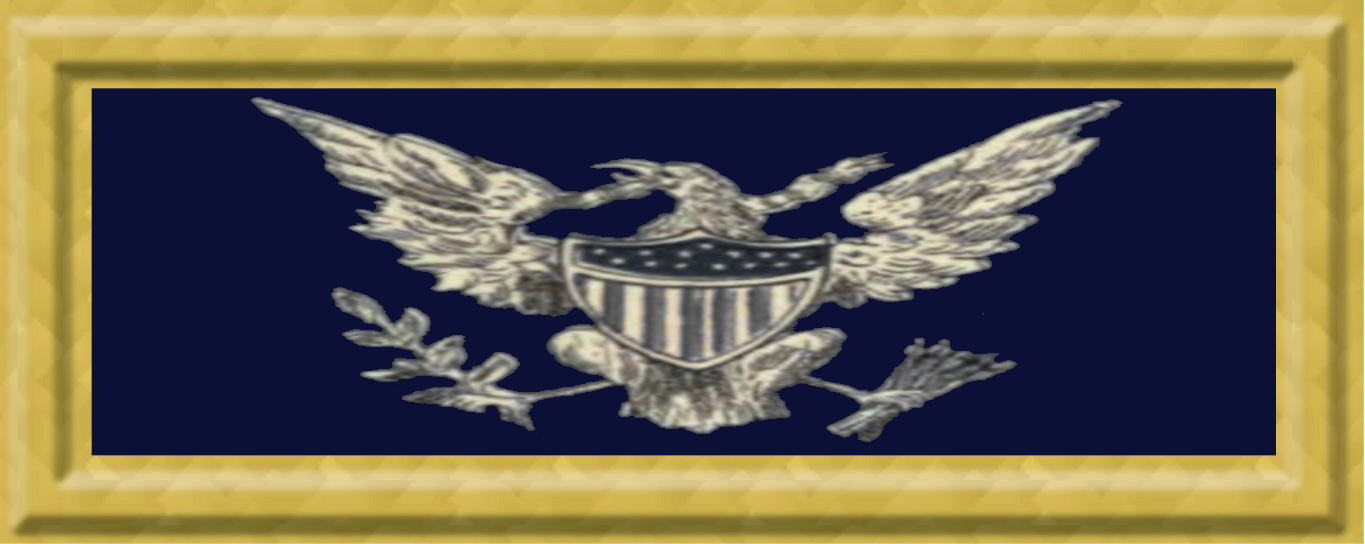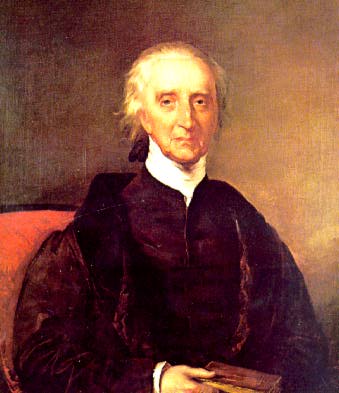|
9th Regiment Massachusetts Volunteer Infantry
The 9th Regiment Massachusetts Volunteer Infantry was a military unit from Boston, Boston, Massachusetts, USA, part of the Army of the Potomac during the American Civil War. It is also known as "The Fighting Ninth". It existed from 1861 to 1864 and participated in several key battles during the war. The unit is an Irish heritage unit, with many volunteers having been born in Ireland. History The Ninth Regiment was created on 11 June 1861 under the command of Colonel Thomas Cass (colonel), Thomas Cass in Boston recruiting primarily Irish-Americans. Initial funding for the regiment came from Patrick Donahoe, publisher of The Pilot (Massachusetts newspaper), ''The Boston Pilot''. Initially barracked at Boston's Faneuil Hall, they soon were sent to Camp Wightman on Long Island (Massachusetts), Long Island in Boston Harbor for training. On 25 June 1861, the regiment received the National Colors and Regimental colors from Governor Andrew and officers of local Irish organizations at Fan ... [...More Info...] [...Related Items...] OR: [Wikipedia] [Google] [Baidu] |
Thomas Cass (colonel)
Colonel Thomas Cass (c. 1821 – July 12, 1862) founded and was commander of the 9th Regiment Massachusetts Volunteer Infantry of the Union Army, which saw extensive service in the American Civil War. Cass was wounded at the Battle of Malvern Hill and died shortly after from his wounds in Boston, Massachusetts. A memorial statue to him stands in the Boston Public Garden. Early life Thomas Cass was born in Republic of Ireland, Ireland, in Farmly, County Laois, Queen's County, in about 1821, and moved to America with his parents, landing in Boston. They settled in the North End, Boston, North End of Boston, and after a few years at school, he learned the currier's trade. Later, he joined his father in business, became well known as a businessman in the North End, and served with ability on the school committee. He was an active member of the Columbian Artillery, Co. B., Fifth Regiment Artillery, M. V. M., and advanced through all the grades in his company to that of captain. Servic ... [...More Info...] [...Related Items...] OR: [Wikipedia] [Google] [Baidu] |
Mud March (American Civil War)
The Mud March was an abortive offensive by Union Major General Ambrose Burnside and his Army of the Potomac in January 20–22, 1863, during the American Civil War. Burnside had been repulsed by the Army of Northern Virginia under Confederate General Robert E. Lee in Burnside's first attempt to cross the Rappahannock River during the Battle of Fredericksburg in December 1862. The Mud March was Burnside's second attempt at crossing the Rappahannock to capture the Confederate capital of Richmond, Virginia. The strategy was sound in theory, but it failed because of dissension among generals in the Army of the Potomac, compounded by severe winter storms. History Following his defeat in the disastrous Battle of Fredericksburg in December 1862, Burnside was desperate to restore his reputation and the morale of his Army of the Potomac. The day after Christmas, he began making Military operation plan, preparations for a new offensive. This would involve feints at the Ford (crossin ... [...More Info...] [...Related Items...] OR: [Wikipedia] [Google] [Baidu] |
Irish-Americans
Irish Americans () are Irish ethnics who live within in the United States, whether immigrants from Ireland or Americans with full or partial Irish ancestry. Irish immigration to the United States From the 17th century to the mid-19th century Some of the first Irish people to travel to the New World did so as members of the Spanish garrison in Florida during the 1560s. Small numbers of Irish colonists were involved in efforts to establish colonies in the Amazon region, in Newfoundland, and in Virginia between 1604 and the 1630s. According to historian Donald Akenson, there were "few if any" Irish forcibly transported to the Americas during this period. Irish immigration to the Americas was the result of a series of complex causes. The Tudor conquest and subsequent colonization by English and Scots people during the 16th and 17th centuries had led to widespread social upheaval in Ireland. Many Irish people tried to seek a better life elsewhere. At the time Euro ... [...More Info...] [...Related Items...] OR: [Wikipedia] [Google] [Baidu] |
American Civil War
The American Civil War (April 12, 1861May 26, 1865; also known by Names of the American Civil War, other names) was a civil war in the United States between the Union (American Civil War), Union ("the North") and the Confederate States of America, Confederacy ("the South"), which was formed in 1861 by U.S. state, states that had Secession in the United States, seceded from the Union. The Origins of the American Civil War, central conflict leading to war was a dispute over whether Slavery in the United States, slavery should be permitted to expand into the western territories, leading to more slave states, or be prohibited from doing so, which many believed would place slavery on a course of ultimate extinction. Timeline of events leading to the American Civil War, Decades of controversy over slavery came to a head when Abraham Lincoln, who opposed slavery's expansion, won the 1860 presidential election. Seven Southern slave states responded to Lincoln's victory by seceding f ... [...More Info...] [...Related Items...] OR: [Wikipedia] [Google] [Baidu] |
Boston
Boston is the capital and most populous city in the Commonwealth (U.S. state), Commonwealth of Massachusetts in the United States. The city serves as the cultural and Financial centre, financial center of New England, a region of the Northeastern United States. It has an area of and a population of 675,647 as of the 2020 United States census, 2020 census, making it the third-largest city in the Northeastern United States after New York City and Philadelphia. The larger Greater Boston metropolitan statistical area has a population of 4.9 million as of 2023, making it the largest metropolitan area in New England and the Metropolitan statistical area, eleventh-largest in the United States. Boston was founded on Shawmut Peninsula in 1630 by English Puritans, Puritan settlers, who named the city after the market town of Boston, Lincolnshire in England. During the American Revolution and American Revolutionary War, Revolutionary War, Boston was home to several seminal events, incl ... [...More Info...] [...Related Items...] OR: [Wikipedia] [Google] [Baidu] |
10th Massachusetts Infantry Regiment
The 10th Massachusetts Infantry Regiment was a regiment of infantry in the Union Army during the American Civil War. Organized at Hampden Park in Springfield, Massachusetts in the early summer of 1861 and consisting mostly of men from western Massachusetts, the regiment was mustered in on June 21, 1861. It was originally led by Colonel Henry Shaw Briggs, an attorney and prominent citizen of Pittsfield, Massachusetts.Bowen, 196 A formation of the 10th Massachusetts Infantry See also * Massachusetts in the Civil War * List of Massachusetts Civil War units Units raised in Massachusetts during the American Civil War consisted of 62 regiments of infantry, six regiments of cavalry, 16 batteries of light artillery, four regiments of heavy artillery, two companies of sharpshooters, a handful of unat ... References Citations Sources * * External links10th Mass Volunteer Infantry (Reenactor Group) {{American Civil War , expanded=CTCBS Units and formations of the Union ... [...More Info...] [...Related Items...] OR: [Wikipedia] [Google] [Baidu] |
8th Massachusetts Militia Regiment
The 8th Regiment Massachusetts Volunteer Militia was a peacetime regiment of infantry that was activated for federal service in the Union Army for three separate tours during the American Civil War. The regiment consisted almost entirely of companies from Essex County, Massachusetts. The Cushing Guards, established 1775, were Company A based in Newburyport. The Lafayette Guards, created 1825, were Company B from Marblehead. Company C, the Sutton Light Infantry, organized in 1805 as the Marblehead Light Infantry, was also from Marblehead. The Lynn Light Infantry, chartered in 1852 was Company D. Company E was the Beverly Light Infantry, organized in 1814. The second Lynn company was Company F, the City Guards, organized in 1814. The Gloucester unit in the regiment was Company G, the American Guards, first organized in 1788. The third and last Marblehead company was H, the Glover Light Guards, created in 1852 and named in honor of John Glover of the Revolution. The Salem Light Inf ... [...More Info...] [...Related Items...] OR: [Wikipedia] [Google] [Baidu] |
Patrick Robert Guiney
Patrick Robert Guiney (15 January 1835 in Parkstown, County Tipperary, Ireland – March 21, 1877 in Boston) was an American Civil War soldier. Early life and career Patrick Robert Guiney was the second and eldest surviving son of James Roger Guiney, who was descended from Jacobites, and Judith Macrae. James Guiney, impoverished after a failed runaway marriage, brought with him on his second voyage to New Brunswick his favourite child Patrick, then not six years old. After some years, Mrs. Guiney and their younger son, William, rejoined her husband, recently crippled by a fall from his horse; they settled in Portland, Maine. The young Guiney worked as a wheel boy in a rope factory, and at the age of fourteen apprenticed to a machinist in Lawrence, Massachusetts, but stayed only a year and a half before returning to Portland. He hoped to better himself through education, and attended the public grammar school. He matriculated at the College of the Holy Cross in Worcester, Massach ... [...More Info...] [...Related Items...] OR: [Wikipedia] [Google] [Baidu] |
Battle Of Cold Harbor
The Battle of Cold Harbor was fought during the American Civil War near Mechanicsville, Virginia, from May 31 to June 12, 1864, with the most significant fighting occurring on June 3. It was one of the final battles of Union Lt. Gen. Ulysses S. Grant's Overland Campaign, and is remembered as one of American history's most lopsided battles. Thousands of Union soldiers were killed or wounded in the frontal assault of June 3 against the fortified positions of Confederate Gen. Robert E. Lee's army—an action that intensified criticism of Grant's perceived indifference to heavy casualties. On May 31, as Grant's army once again swung around the right flank of Lee's army, Union cavalry seized the crossroads of Old Cold Harbor, about 10 miles northeast of the Confederate capital of Richmond, Virginia, holding it against Confederate attacks until the Union infantry arrived. Both Grant and Lee, whose armies had suffered enormous casualties in the Overland Campaign, received reinforc ... [...More Info...] [...Related Items...] OR: [Wikipedia] [Google] [Baidu] |
Battle Of Spotsylvania Court House
The Battle of Spotsylvania Court House, sometimes more simply referred to as the Battle of Spotsylvania (or the 19th-century spelling Spottsylvania), was the second major battle in Lt. Gen. Ulysses S. Grant and Maj. Gen. George G. Meade's 1864 Overland Campaign of the American Civil War. Following the bloody but inconclusive Battle of the Wilderness, Grant's army disengaged from Confederate General Robert E. Lee's army and moved to the southeast, attempting to lure Lee into battle under more favorable conditions. Elements of Lee's army beat the Union army to the critical crossroads of the Spotsylvania Court House in Spotsylvania County, Virginia, and began entrenching. Fighting occurred on and off from May 8 through May 21, 1864, as Grant tried various schemes to break the Confederate line. In the end, the battle was tactically inconclusive, but both sides declared victory. The Confederacy declared victory because they were able to hold their defenses. The United States decl ... [...More Info...] [...Related Items...] OR: [Wikipedia] [Google] [Baidu] |
Battle Of The Wilderness
The Battle of the Wilderness was fought on May 5–7, 1864, during the American Civil War. It was the first battle of Lieutenant general (United States), Lieutenant General Ulysses S. Grant's 1864 Virginia Overland Campaign against General (CSA), General Robert E. Lee and the Confederate States Army, Confederate Army of Northern Virginia. The fighting occurred in a wooded area near Locust Grove, Orange County, Virginia, Locust Grove, Virginia, about west of Fredericksburg, Virginia, Fredericksburg. Both armies suffered heavy casualties, nearly 29,000 in total, a harbinger of a Attrition warfare, war of attrition by Grant against Lee's army and, eventually, against the Confederate capital, Richmond in the American Civil War, Richmond, Virginia. The battle was Military tactics, tactically inconclusive, as Grant disengaged and then continued his offensive. Grant attempted to move quickly through the dense underbrush of the The Wilderness Forest, Wilderness of Spotsylvania, but L ... [...More Info...] [...Related Items...] OR: [Wikipedia] [Google] [Baidu] |








